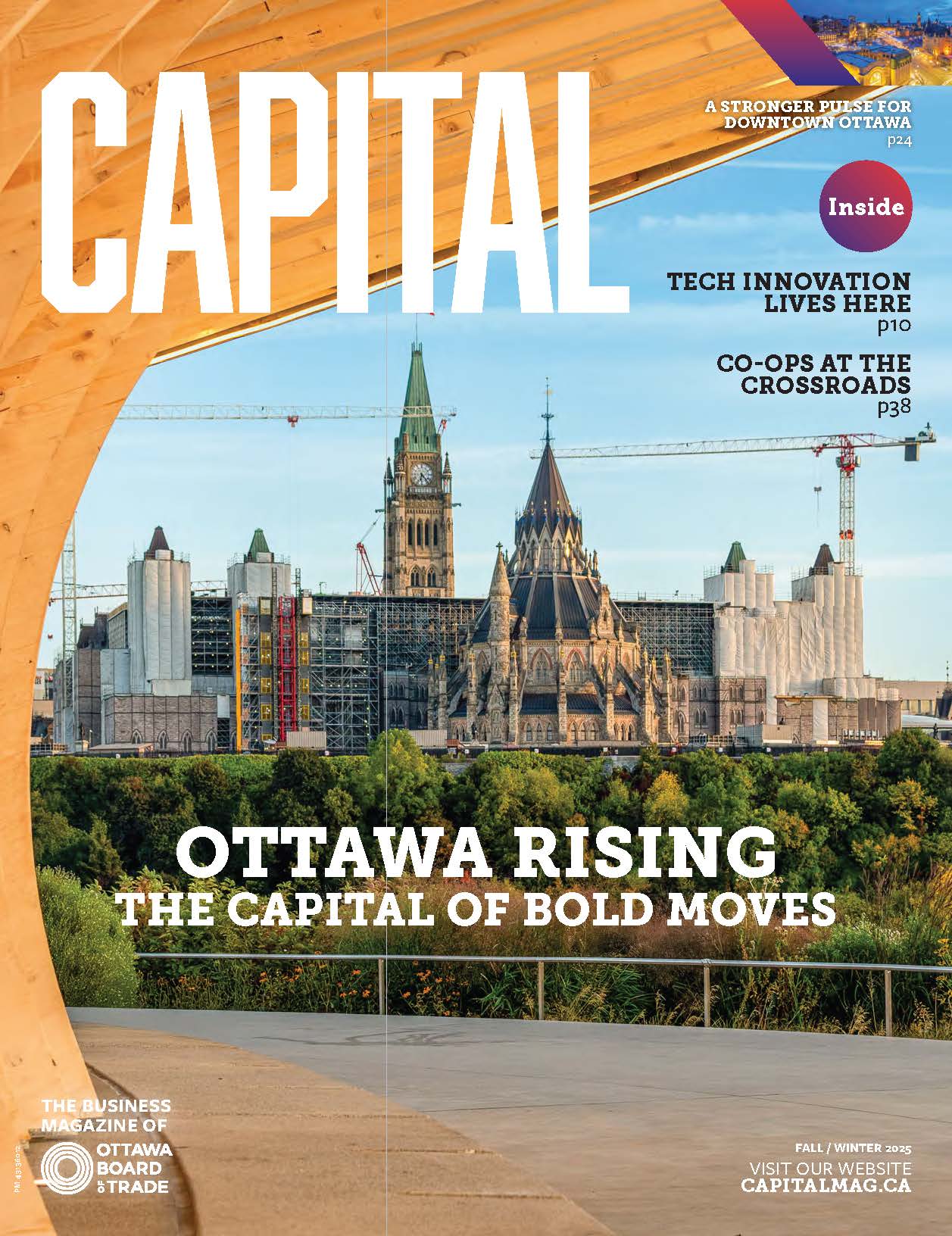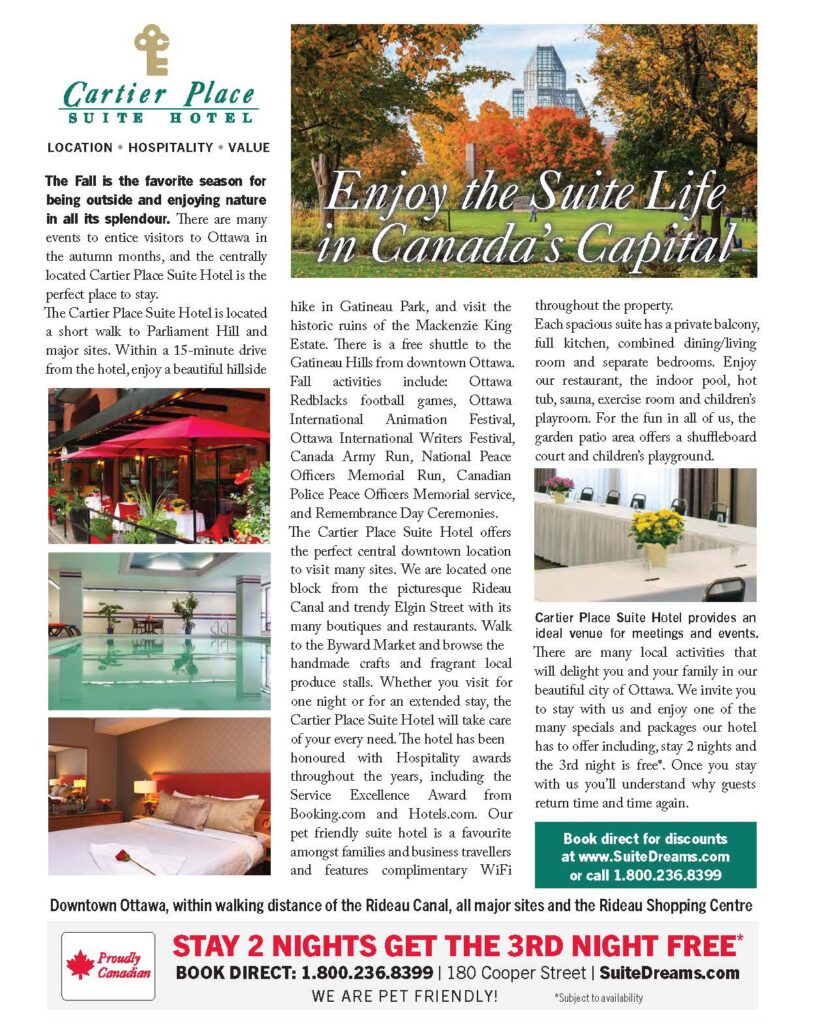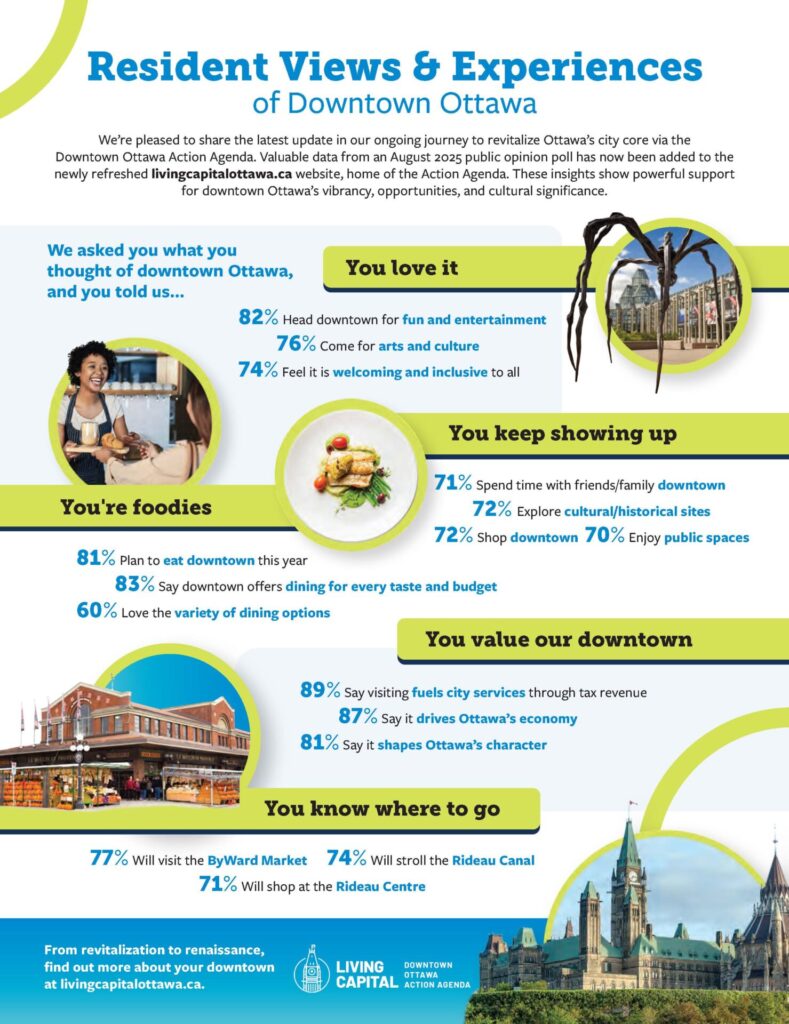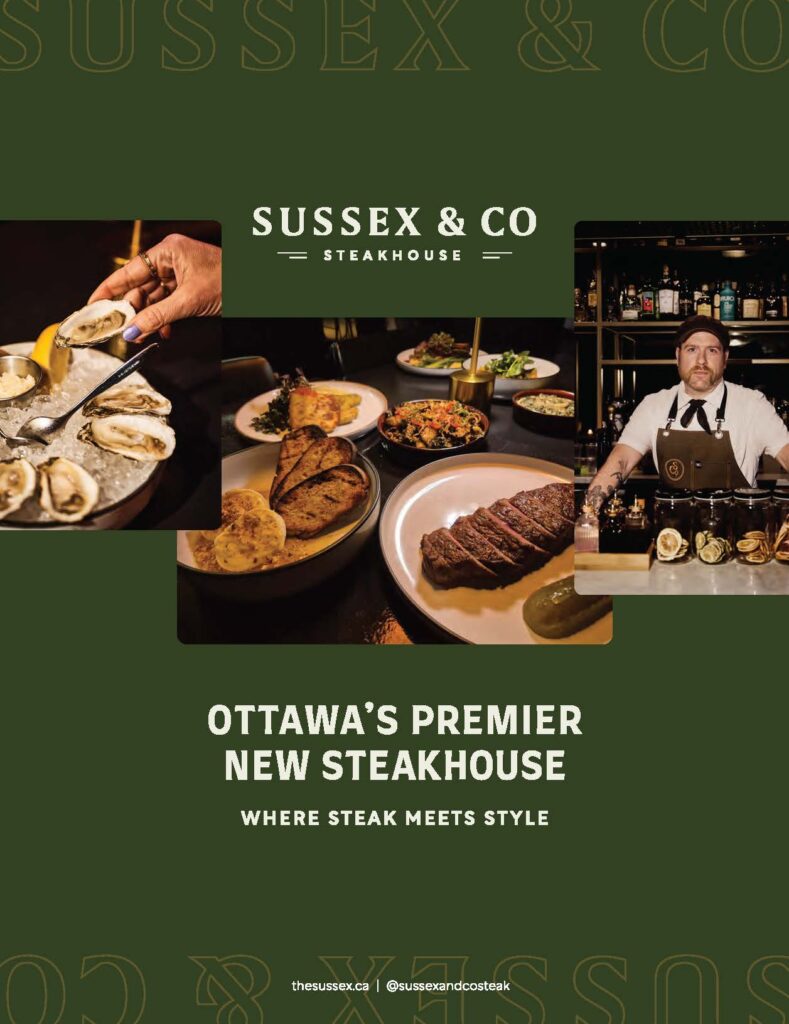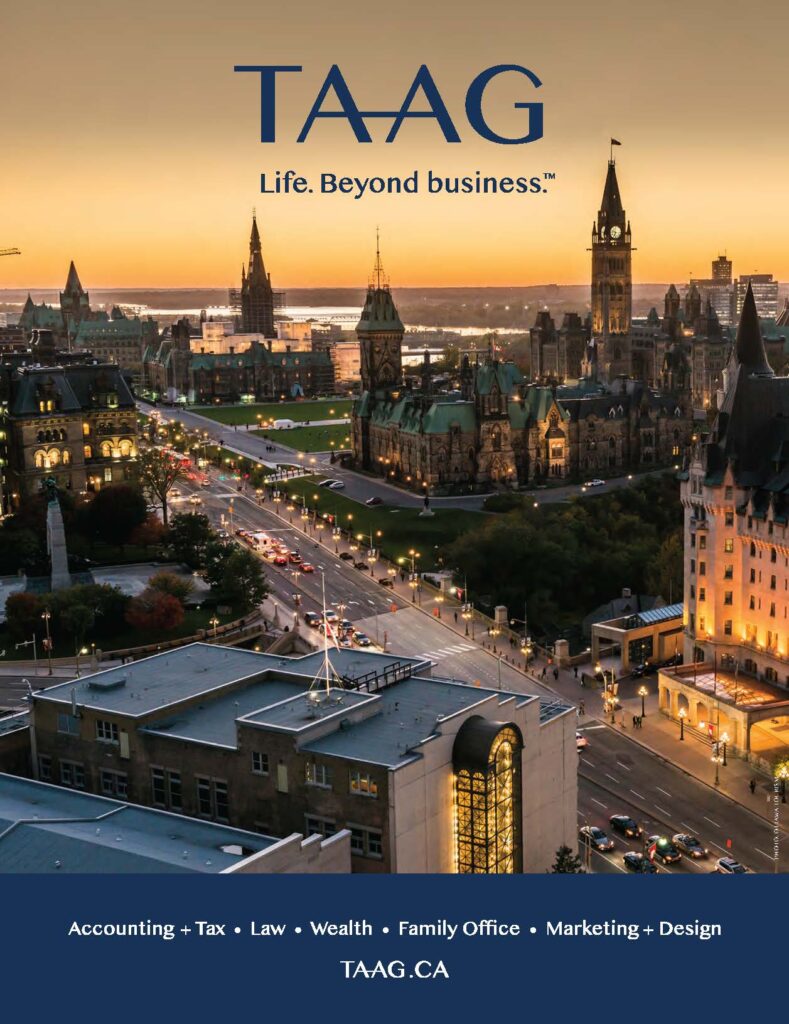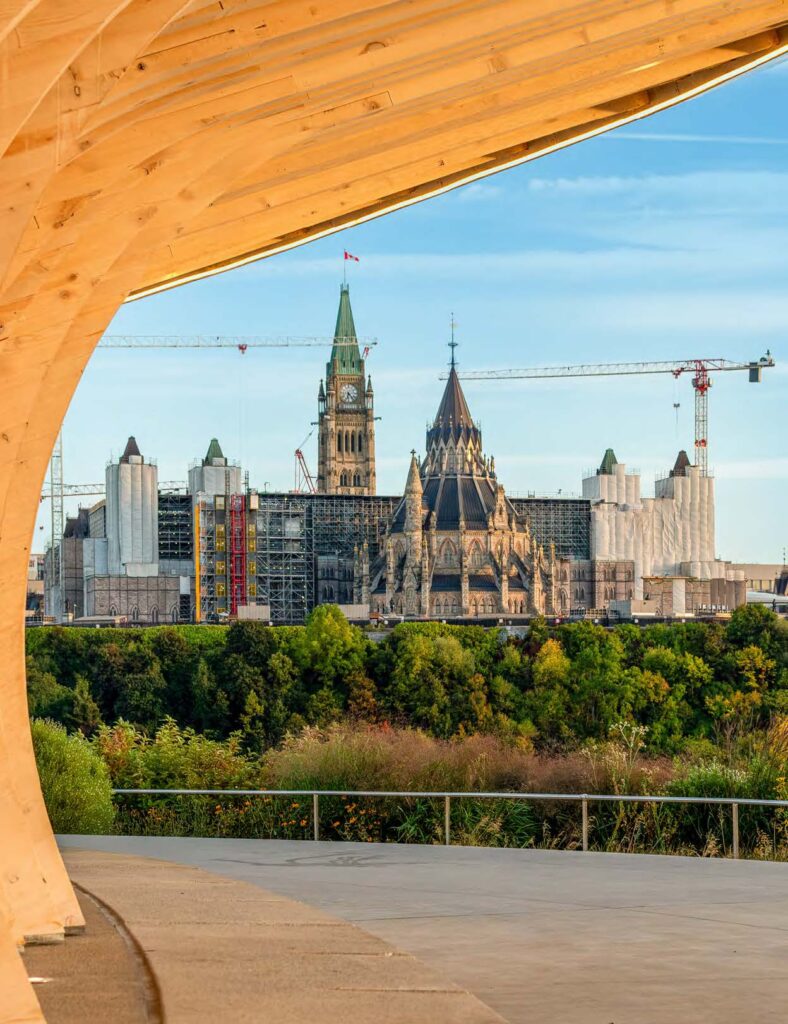Ottawa’s Culinary Cool
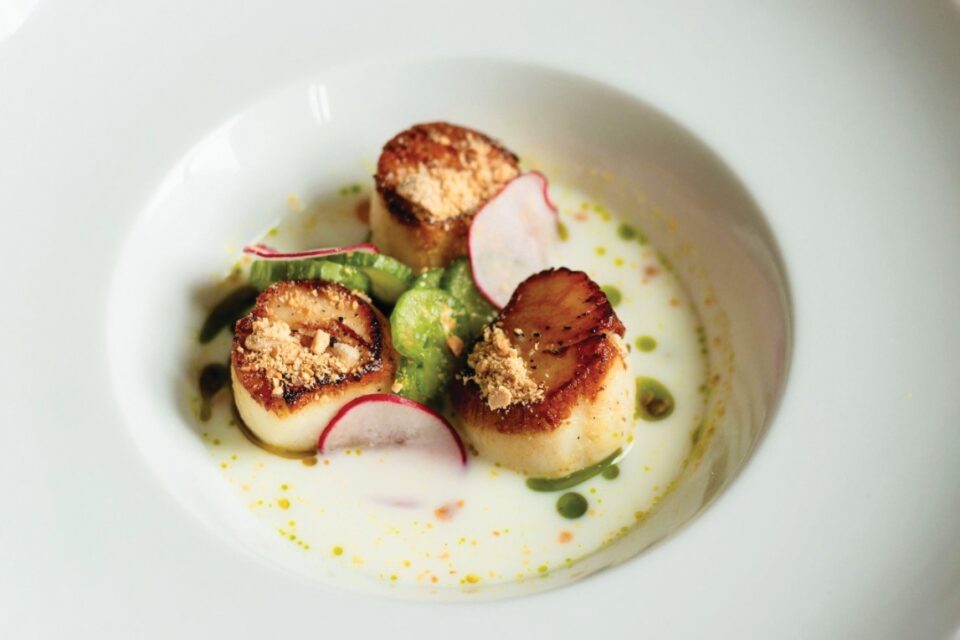
A scallop dish from the kitchen at Beckta Dining & Wine
By Jennifer Campbell
IF THE CANADIAN CULINARY CHAMPIONSHIPS are any indication, Ottawa is a serious food city. Ottawa chefs have won gold four times over the past 16 years of competition. In 2023, chef Briana Kim, then the owner and chef at Alice, won gold with a vegan dish; in 2019, chef Yannick Lasalle, then-chef at Les Fougères, won gold; and Marc Lepine, chef-owner of Atelier, won gold in 2012 and 2016. In 2017, chef Joe Thottungal of Coconut Lagoon and Thali, won silver as did chef Jamie Stunt, then of Oz Kafé and now at Arlo, in 2013 and chef Michael Blackie, then of Brookstreet and now of NeXT, won silver in 2007. It all adds up to a lot of accolades for a city Ottawa’s size.
The city’s restaurants also regularly make national best-of lists, including enRoute magazine’s Best New Restaurants, and Canada’s 100 Best list. And the diversity of culinary options in the city is staggering, with everything from Tibetan to Ethiopian; Peruvian to Afghani. Add to that the members the diplomatic corps, who represent 129 different countries from around the world and who often bring chefs from their home countries with them, and it’s a scene worth celebrating.
“From a cultural standpoint, the contribution the restaurant industry makes to the city is huge,” says Stephen Beckta, owner of Beckta, Play food & wine and Gezellig. “We saw it, especially during the pandemic, when suddenly nobody could go out and dine. You didn’t get out there to experience great real food on a regular basis while connecting with people and feeling cared for by restaurant staff. It was a big shock.”
The restaurant community also contributes disproportionately to community fundraisers—whether it’s giving a gift card for a silent auction or providing canapés and servers for a food station at an evening-long event.
“We get hit up all the time,” Beckta says. “I probably get three emails a day asking for donations for various charitable causes. It’s non-stop. You do as much as you can.”
But it’s a tough time for restaurants. Restaurants Canada recently reported that 65 per cent of restaurants in the country are either losing money or breaking even, and that includes fast food restaurants. The struggle, according to North & Navy chef and co-owner Adam Vettorel is the increased cost of everything, from food to staff. Because of inflation, paying staff a living wage has increased considerably from the days when he was an employee in kitchens.
By the numbers
Ottawa has a total of 3,200 food service establishments according to City of Ottawa licensing statistics.
Restaurants Canada also keeps industry numbers by province. It reports that Ontario restaurants are responsible for 445,000 jobs in the province, and they indirectly support 102,000 other companies, in such fields as agriculture, transportation, wholesale and retail trade, for example. As the province’s second-largest city, Ottawa would account for a lot of those.
“Ontario has about 16 million people and a little more than six million have jobs. A full 25 percent of those jobs are occupied by civil servants, so with half-a-million jobs, there’s no question the food and beverage sector represents a lot of jobs,” says Kris Barnier, Restaurants Canada’s VP for Central Canada.
“Often, a restaurant is the first job people have—whether they be born and raised in Canada or immigrated to Canada,” Beckta says. “So we provide an enormous amount of employment to people. I started working in restaurants when I was 14.”
The industry represents about four percent of Ontario’s GDP, and its members were responsible for $44.5 billion in revenue in 2023. The province has 38,636 food service businesses operating in the province and of those, 14,000 sell alcohol products. The province’s restaurants collectively have 9.2 million customer visits or meals served per day.
“We add so much to the economy,” says Sarah Chown, managing partner at Metropolitain Brasserie and Ottawa chair of the Ontario Restaurant Hotel & Motel Association. “Restaurants contribute to the vibrancy of the city, animating our main streets, and there’s the diversity of the kinds of restaurants that we provide for locals and tourists alike. We contribute to the community with pride of place. We care about what our businesses look like, and we care about keeping the sidewalks clean outside of our businesses and creating gathering places for the community.”
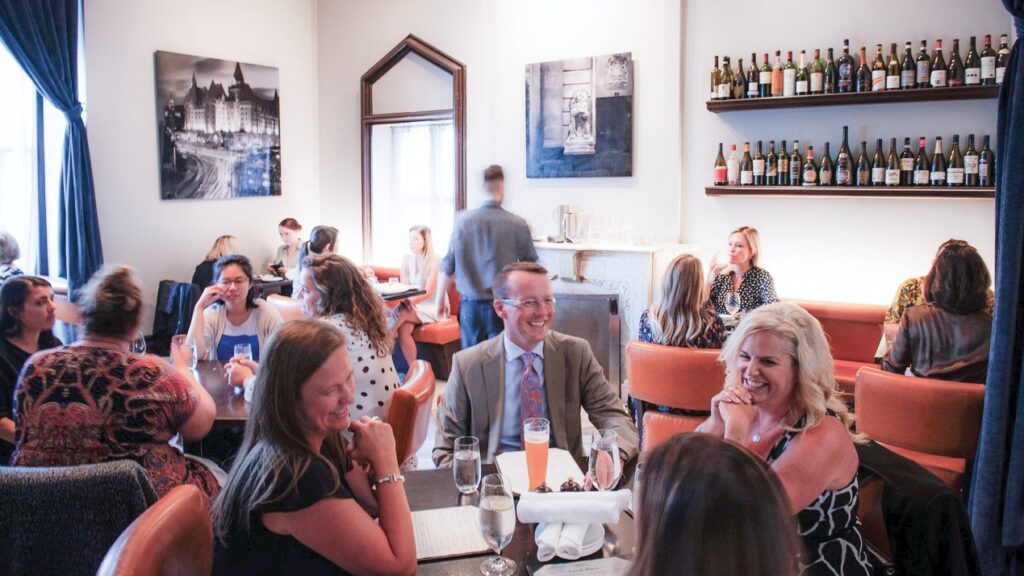
Beckta Dining & Wine has a popular wine bar in its historic building on Elgin Street






